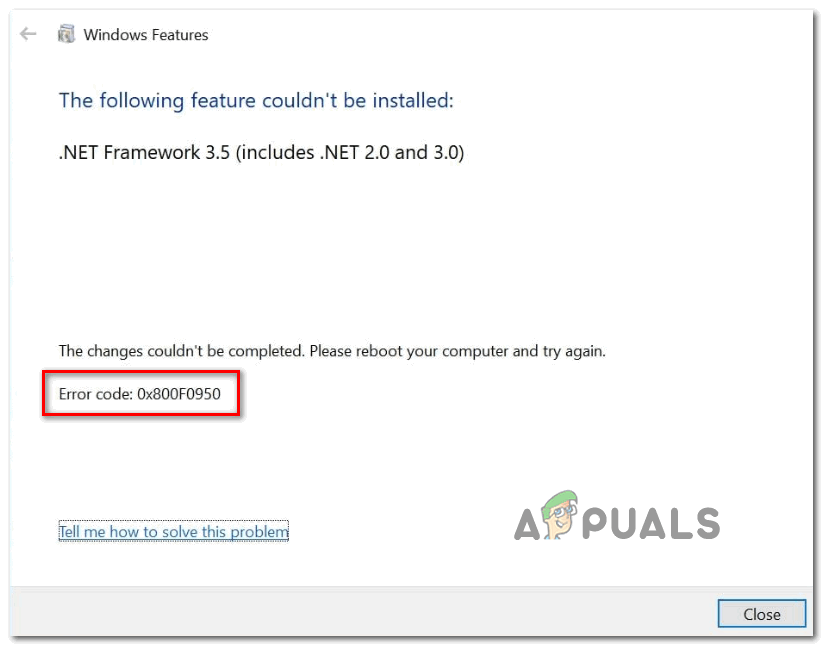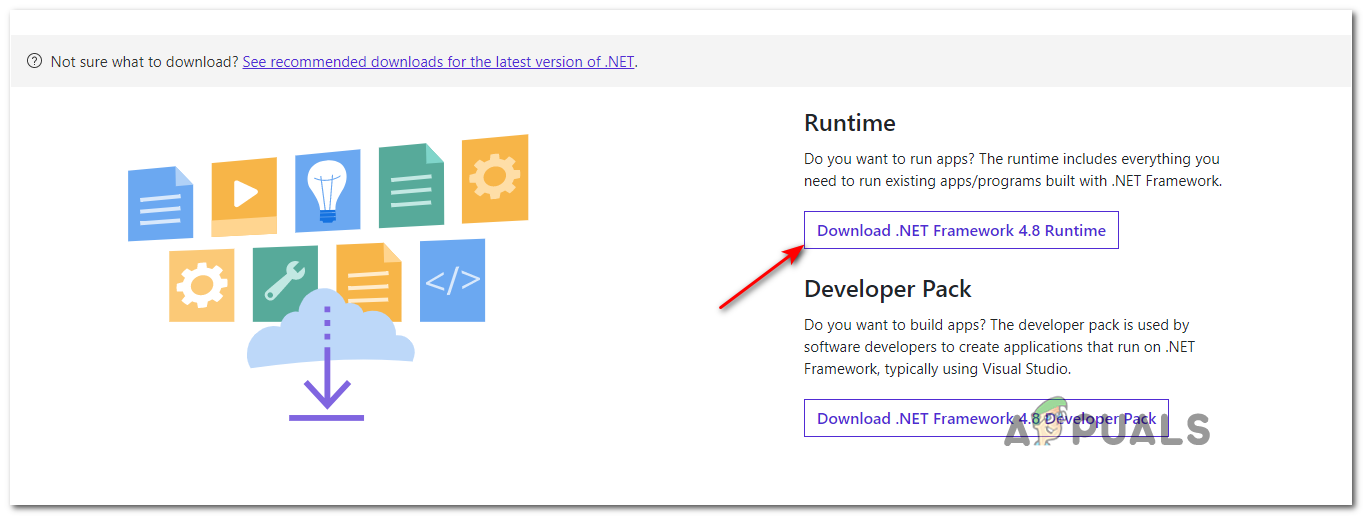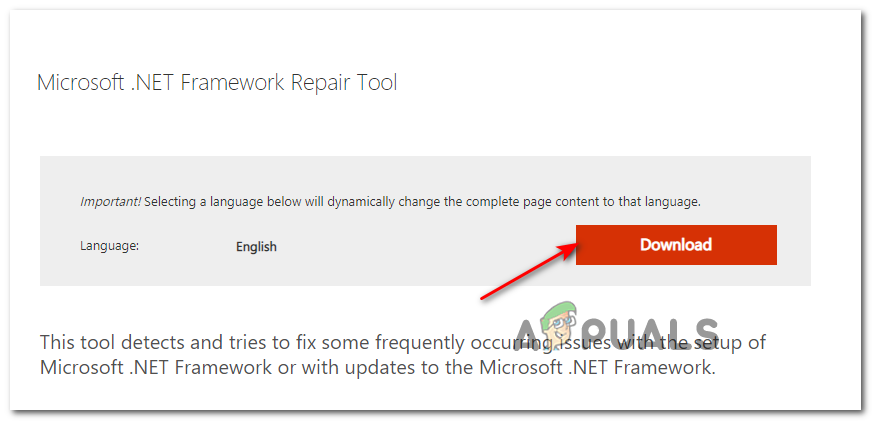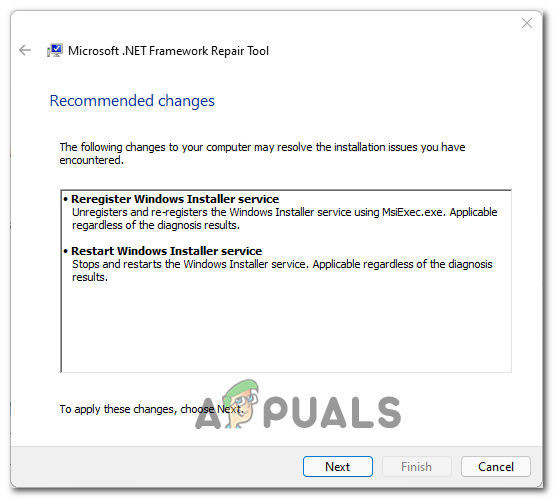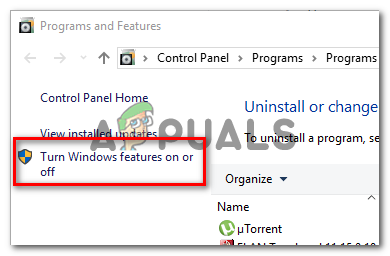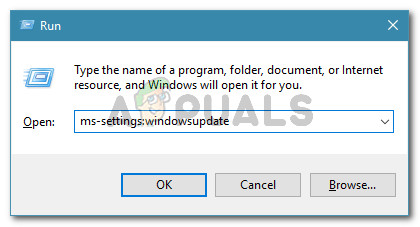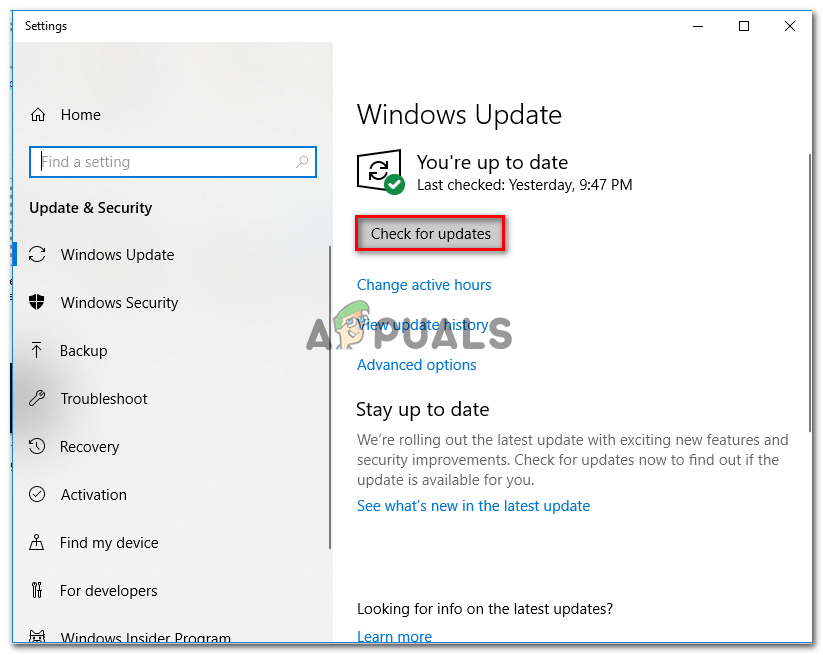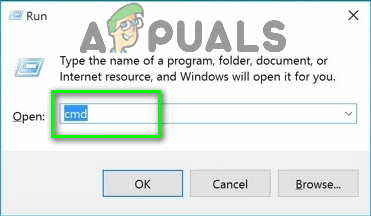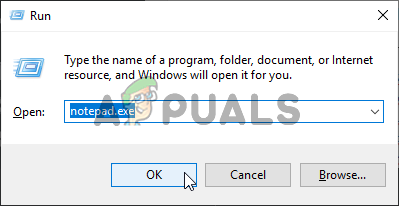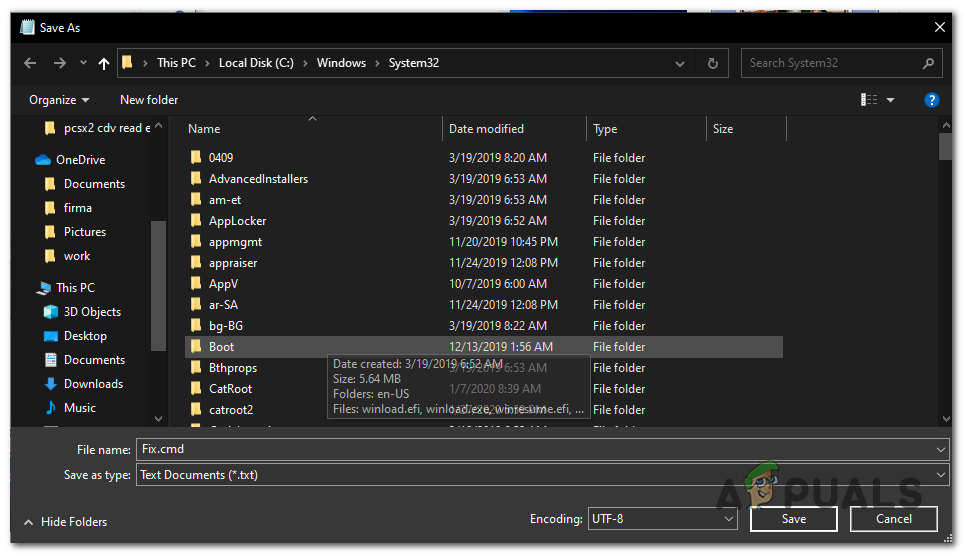After investigating this issue thoroughly and attempting to replicate the issue on both Windows 10 and Windows 11 machines, it turns out that there are several different scenarios that are likely responsible for the 0x800F0950. Here’s a shortlist of causes that are likely to facilitate the apparition of this issue: Now that you are familiar with every potential scenario that might cause this issue, here’s a list of possible fixes that other affected users have successfully used to get to the bottom of this error code:
Install .NET Framework 4.8 from DotNET (Windows 11 Only)
Keep in mind that Windows 11 is known to trigger the 0x800F0950error when users attempt to launch a game (via Steam or other game launchers) that require .NET Framework version 3.5. The trick with Windows 11 is, you no longer only need the required version to launch the game – You also need every newer iteration in order to be able to run the game. If you find yourself in this particular scenario, you should be able to get the issue fixed by accessing the DotNET homepage and downloading the Runtime version of the 4.8 .NET Framework using the official server. Follow the step by step instructions below to learn how to do this: In case the same 0x800F0950 error is still occurring, move down to the next potential fix below.
Running the .NET Framework Repair Tool
If your previous attempts at installing a .NET Framework version got interrupted by an unexpected shutdown or anything similar, it’s possible that you’re dealing with some kind of remnant files that are affecting the installation of new .NET framework instances. In case you find yourself in this situation, the best course of action is to run the Microsoft .NET Framework Repair Tool and apply the recommended fix in order to clear the remnant files and data clusters that might be responsible for the apparition of the 0x800F0950. Update: This tool will work on both Windows 10 and Windows 11. The instructions are virtually the same. Follow the instructions below to download and run the .NET Framework Repair Tool: If the same kind of problem is still occurring, move down to the next potential fix below.
Install .NET Framework 3.5 using Windows Features (Windows 10 Only)
If you’re seeing this error when trying to install the .NET Framework version 3.5 from an installer you’ve downloaded with your browser, you might be able to circumvent the problem entirely by installing it via the Windows Features menu. Note: Windows 11 already has a newer version of this framework installed and enabled by default, so no action is required on your part to ensure it’s available to the apps that need it. Keep in mind that Windows 10 already includes an archive of .NET Framework version 3.5, you just have to prompt it to install. Several affected users that were previously encountering the error code 0x800F0950 when installing .NET Framework version 3.5 conventionally have confirmed that the installation went smoothly when they tried to do it via the Windows features screen. To install the .NET Framework 3.5 via the Windows Features screen, follow the instructions below: In case this method was not applicable, you encountered a different error, or you’re planning on installing the .NET Framework 3.5 package from an executable you previously downloaded, move down to the next potential fix.
Install every Pending Windows Update
One reason that might trigger the 0x800F0950error when you’re attempting to install the .NET Framework 3.5 update is the fact that Windows Update already has a scheduled update ready to do the same thing. Some users encountering the same error code have reported that they finally managed to fix the issue after they updated their Windows 10 / 11 version to the latest build available. After doing this and restarting their computer, most have reported that .NET Framework 3.5 was already installed so there was no need to use the dedicated installer. Note: The instructions on installing any pending updates are identical on both Windows versions. If this scenario is applicable, install every pending update for your Windows 10 computer and see if this takes care of the issue automatically: If this didn’t happen or you are not prepared to install the Windows Updates that are currently pending, move down to the next potential fix below.
Installing NET Framework via Installation Media
In case the first two fixes didn’t work for you, one viable fix that a lot of users have used successfully is to force a compatible installation media to install the NET Framework for you from an elevated Command Prompt or Powershell window. This is the equivalent of the method below, but it’s way quicker if you already have a compatible installation media. In case you want to give this method a try, follow the instructions below to install the .NET Framework 3.5 version directly from a compatible installation media: Note: You can follow the instructions below on both Windows 10 and Windows 11. Just make sure you insert a compatible installation media. In case you still end up seeing the 0x800F0950 error or the installation failed with a different error code, move down to the next potential fix below.
Creating a Custom Installation Script (Windows 10 Only)
If the method above didn’t work for you or you are looking for an alternative to using Windows Features, you should be able to bypass the 0x800F0950 error by creating a custom CMD installation script and run it with elevated privileges. But keep in mind that in order to do this, you will need to create a compatible installation media for your Windows 10 computer. Update: This method will not work on Windows 11. If you already have a compatible installation media or you just created one using the guide above, follow the instructions below to force the installation of the .NET Framework 3.5 using a custom script: If you’re still seeing the 0x800F0950 error code or you’re stuck with a different error code, move down the next potential fix below.
Performing a Repair Install
If none of the potential fixes above have worked for you, it’s likely that you’re dealing with some type of corruption that will not go away conventionally. In this case, you should try to resolve the 0x800F0950 error code by resetting every Windows-related file. You can do this with a clean install, but our recommendation is to go for a repair install (in-place repair) instead. While a clean install will not discriminate and delete everything on your OS drive (unless you back it up in advance), a repair install will only touch OS components, leaving personal files, apps, and games intact.
How to Fix .NET Framework 3.5 Installation Error 0x800F0922FIX: Error 0x800736B3 installing .NET Framework 3.5 on WindowsFix: .NET Framework Error 0X80071A90Fix: App on your PC needs .NET Framework 3.5
